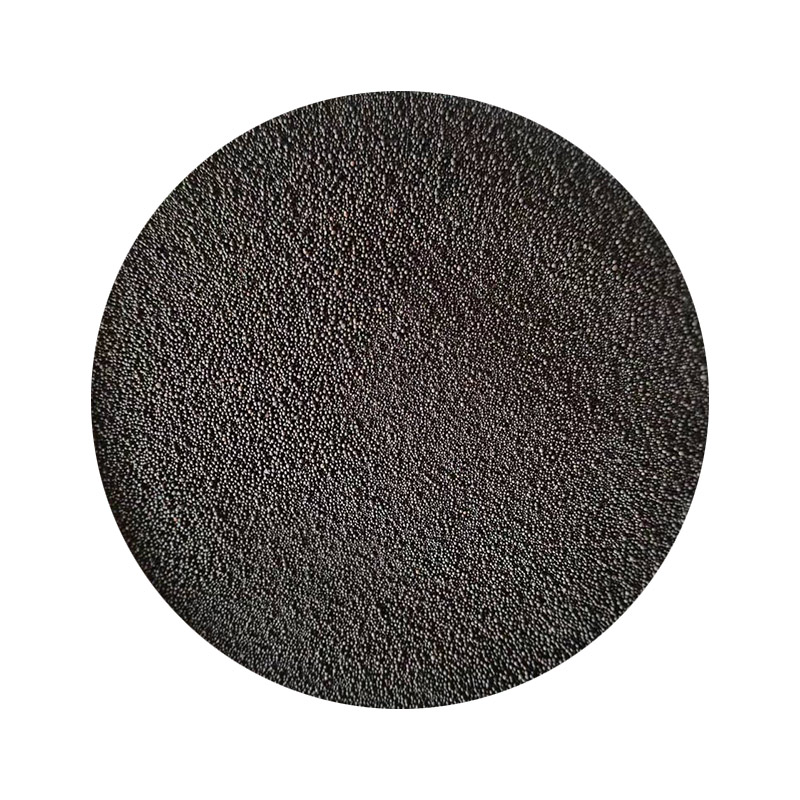Sand Casting Manufacturing Process An Overview
Sand casting is a widely used manufacturing process that allows for the creation of complex metal parts. It involves multiple steps, from preparing the mold to finishing the final product. This process is favored for its flexibility, cost-effectiveness, and suitability for a range of metals. In this article, we will explore the key stages of the sand casting process, its advantages, and its applications.
1. Preparing the Pattern
The first step in the sand casting process is to create a pattern, which serves as a replica of the final product. Patterns are typically made from materials such as wood, metal, or plastic. The choice of material depends on the desired precision and the number of castings to be produced. For low-volume production, wooden patterns may be used, while metal patterns are preferred for high-volume runs due to their durability and dimensional stability.
The pattern is slightly larger than the final part to account for the shrinkage that occurs as the metal cools and solidifies. After the pattern is created, it is often treated with a releasing agent to ensure it can be easily removed from the mold without damaging the sand.
2. Making the Mold
Once the pattern is ready, the next step is to create the mold. Sand casting molds are typically made from a mixture of sand, clay, and water. The sand provides the mold with strength, while the clay acts as a binding agent. The process begins by packing the sand mixture around the pattern to form a negative impression.
After the sand is compacted around the pattern, it is typically left to set and harden. Once the sand has sufficiently cured, the pattern is carefully removed, leaving behind the mold cavity. This cavity is an exact representation of the desired part.
3. Pouring the Metal
With the mold prepared, the next step is to melt the desired metal and pour it into the mold. The metals used in sand casting can vary widely, including aluminum, iron, and various alloys. The choice of metal affects the final properties of the part, such as its strength, weight, and resistance to corrosion.
Once the metal reaches the appropriate pouring temperature, it is carefully ladled or poured into the mold. It is crucial to pour the metal at a controlled speed and flow rate to avoid defects such as turbulence and air pockets, which can weaken the final product.
sand casting manufacturing process

4. Cooling and Solidifying
After the metal has been poured into the mold, it must be allowed to cool and solidify. The cooling time can vary depending on the size of the casting and the type of metal used. During solidification, the metal takes on the shape of the mold cavity, forming the final product.
Once the metal has completely cooled, the mold is broken apart to reveal the casting. This step often involves manual labor and specialized equipment to safely remove the mold material.
5. Finishing the Casting
The final step in the sand casting process is finishing the casting. This may involve several operations, such as removing any excess material (known as flash), grinding, sanding, and machining to achieve the desired surface finish and dimensions. Additional treatments, such as heat treating or coating, may also be applied to enhance the mechanical properties or aesthetics of the part.
Advantages of Sand Casting
One of the main advantages of sand casting is its versatility. It can accommodate a wide variety of metals and allows for the creation of intricate designs that would be challenging to achieve with other manufacturing processes. Additionally, the initial investment for sand casting is relatively low compared to other methods, making it an attractive option for small to medium production runs.
Another significant benefit is the scalability of the process. Manufacturers can produce small quantities of parts or scale up to produce thousands of units without necessitating dramatic changes to the equipment or process.
Applications of Sand Casting
Sand casting has applications across numerous industries, including automotive, aerospace, construction, and consumer goods. Its ability to produce complex shapes efficiently means it is often used for manufacturing engine blocks, pump housings, and various other components.
In conclusion, the sand casting manufacturing process is a fundamental technique that delivers high-quality, precision metal parts. Its simplicity, adaptability, and cost-effectiveness make it a preferred choice for many manufacturers looking to create durable and complex components. As technology advances, sand casting continues to evolve, integrating modern innovations to enhance efficiency and quality.
Post time:Նյմ . 10, 2024 08:16
Next:Techniques for Smoothing 3D Printed Surfaces Using Sanding Methods
